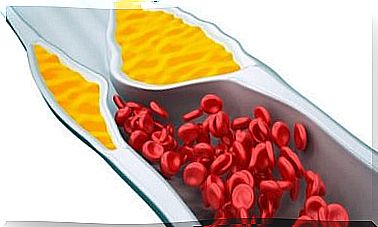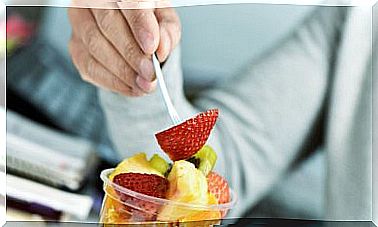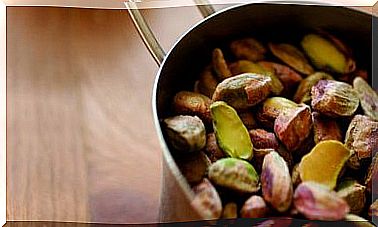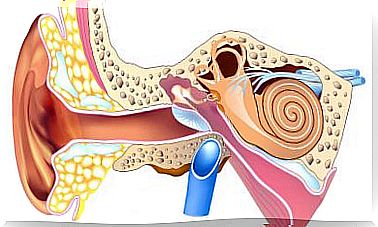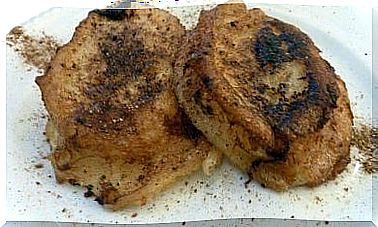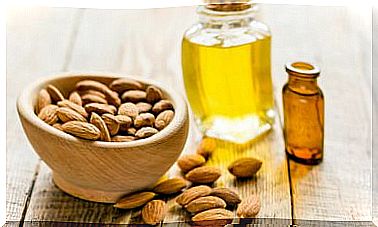Your Child’s Diet Changes After Turning 2 Years Old
That your child has a good diet is essential for their proper development and growth. At 2 years of age, you can include some foods in his diet that will provide him with more nutrients.
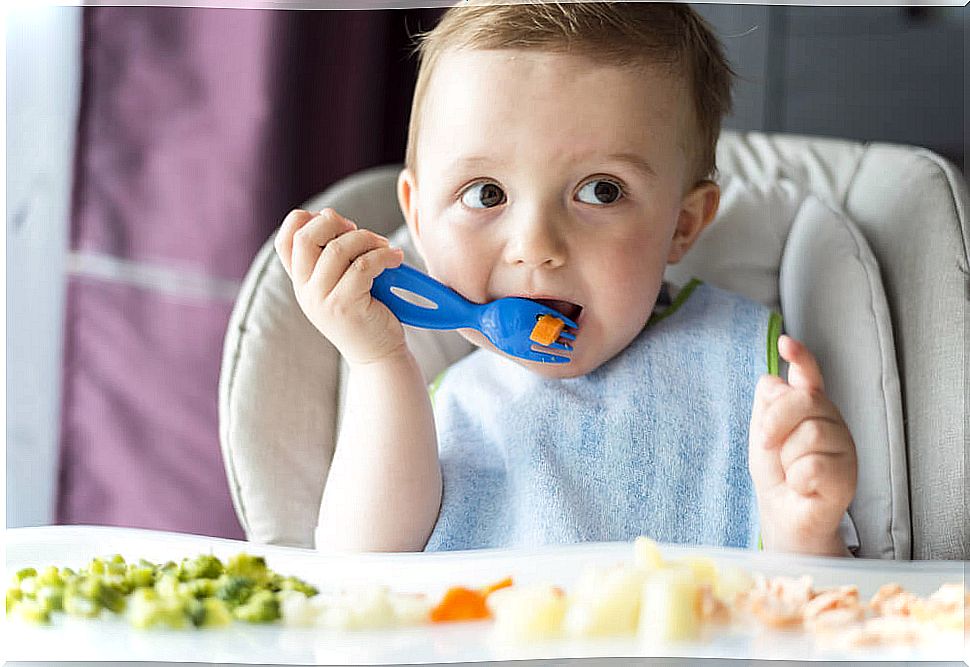
From the age of 2, your child’s diet changes. He is already a more active child and is nearing the schooling stage. At this age, your little one should consume four meals a day in which you must distribute the caloric intake as follows:
- Breakfast: 30% of the daily caloric intake.
- Food: 25% of the caloric intake of the day.
- Snack: 15% of the daily caloric intake.
- Dinner: 30% of the caloric intake of the day.
Why does your child’s diet change when he turns 2?
From the age of 2, your little one begins to develop the habit of biting and chewing food . This is because at that age the second molars come out of their milk teeth. So, at this age you can add small pieces of meat, vegetables and fruits to your child’s diet.
At 2 years it is normal for children to try to eat using silverware, as they seek to imitate their parents . However, at first, or they will find it difficult to handle them. Therefore, they will use their fingers to grasp the food.
What foods should your child’s diet include?
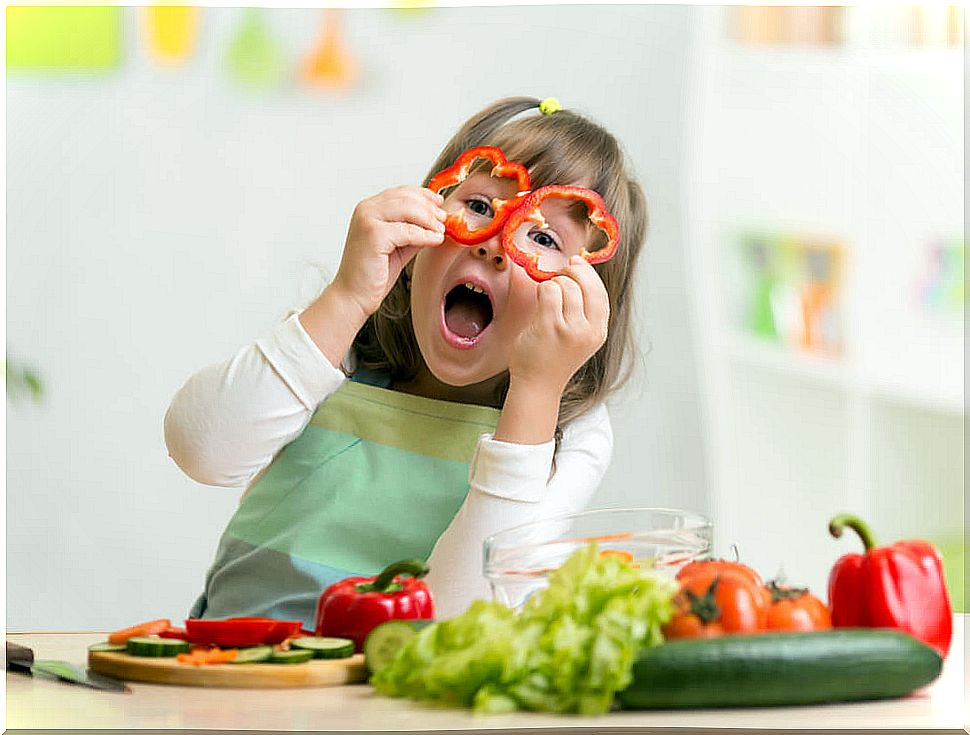
Your child’s diet at age 2 should include
- Cereals.
- Vegetables.
- Egg.
- Milk and its derivatives.
- Meat.
- Chicken.
To achieve proper development and growth of bones, it is recommended that 2-year-olds consume at least half a liter of milk daily , as indicated by this information from the American Academy of Pediatrics . In addition, your breakfast must be complete, that is, it must include all the food groups.
With regard to eating habits, you should share a table and food with them. In this way, they will learn what behavior they should have when sitting down to eat. Likewise, lunch or dinner should be a time to promote family communication .
It is also advisable to promote oral hygiene . Set an example for your child by brushing your teeth after every meal. You can make this moment fun by playing music while you teach him to brush his teeth.
1. Include legumes
Legumes are fundamental foods, therefore, they should not be missing in your child’s diet. They are high in iron, vitamins, fiber and protein , as evidenced by this study published in the journal Arbor . In addition, they provide folic acid and calcium, which are minerals that contribute to the physical and mental development of your little one.

At two years of age, children are very active and are always on the go. For this reason, legumes are the ideal food to cover their daily needs, since they provide the amount of energy they need. They are low in fat, but rich in minerals and vitamin B. In addition, they help prevent anemia and constipation. Including them in your child’s menu at least twice a week will guarantee a good functioning of his digestive system .
2. Includes vegetables
This group of foods contributes to the development of children. They are also low in calories, which makes them the perfect food for those who are prone to obesity. They also help prevent many childhood illnesses such as digestive disorders, diabetes, cholesterol, and even cancer . And this is evidenced by this information from the World Health Organization (WHO). Experts recommend consuming vegetables up to twice a day . A practical way to include them in your child’s diet is in the form of purees or compotes. Another option is to make smoothies and combine them with a vegetable, for example, pineapple with spinach leaves and cucumber.
3. Includes cereals
Cereals are part of the group of carbohydrates. These provide vitamins, minerals, proteins, fatty acids and fiber to your child’s diet , as evidenced by this article published in the journal Nutrition Reviews . They are in charge of providing the energy that your little one needs for their day to day.
You can give them to them for breakfast and snacks. The minerals and vitamins provided by cereals help promote growth and development in a healthier way.
Can your little one eat sweets at 2 years of age?
Yes, after one year of age your little one can consume sweets . Children burn a lot of energy due to their high activity level, which, in a sense, could justify the sugar intake. However, you must control the amount of sweets that your child consumes, otherwise, he could develop obesity or diabetes.
Sugar intake in children can be daily, but it must be moderate . The ideal is to keep its consumption at three tablespoons a day, as indicated in this information from the Nutrition Committee of the European Society of Pediatric Gastroenterology, Hepatology and Nutrition (ESPGHAN). Also, the amount varies according to the caloric requirements of each child, so you should consult your pediatrician.
What foods should you avoid in your child’s diet?

Your little one’s delicate stomach is not ready to process all kinds of food. You must be careful when including some products in your diet, as they could cause digestive problems or allergies. We leave you a list of foods to avoid.
- Industrial pastries : their high sugar and trans fat content can be harmful to your little one’s health.
- Soft drinks and sodas : They are high in caffeine, sugar, and addictive chemicals. They can cause intestinal and gastric damage in children, as evidenced by this study published in the journal Nutrients . They can even cause sleep disorders.
- Nuts : it is common for children at an early age to be allergic to these foods, so you should not include them in your child’s diet before 5 or 6 years old.
When it comes to your 2-year-old’s diet …
In short, at 2 years of age, a child can have a varied diet, as long as the menu is adapted to their nutritional needs. A varied, low-fat and balanced diet is the basis for the proper growth and development of your child . Also, at this age, your little one will let you know what his favorite foods are.
The important thing is that you have a varied menu and that it is not always the same fruit or the same protein . In this way, the type of vitamins, proteins and minerals that the little one receives is not limited. Also, you allow him to know new flavors and textures.

